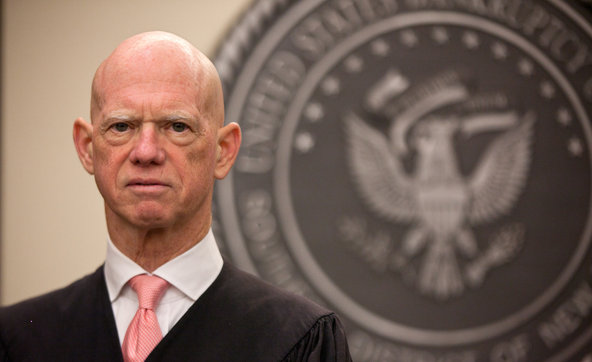The review will be conducted by the United States Forest Service in consultation with the Nez Perce Indians, whose tribal rights and lands near the forest route were central to the judge’s ruling.
The case was brought by the Nez Perce tribe and an environmental group, Idaho Rivers United, charging that the Forest Service had failed to enforce its own rules and standards in protecting the forest and a river corridor through which a first shipment, known as a megaload and bound for Canada’s tar sands oil fields, was sent last month. A second shipment was scheduled for next week. The loads are more than 250 feet long and weigh about 644,000 pounds.
“The plaintiffs are not seeking damages; they are seeking to preserve their treaty rights along with cultural and intrinsic values that have no price tag,” Chief Judge B. Lynn Winmill of Federal District Court in Boise wrote in his preliminary injunction order, siding with the tribe.
Idaho Rivers United’s executive director, Bill Sedivy, said the implications for river protection could also echo far beyond Idaho. “River managers across the United States are watching this decision,” he said.
Leaders of the tribe were among the protesters arrested in early August for trying to block or delay the first equipment load as it headed for the boundary line of the four-million-acre Nez Perce-Clearwater National Forests. The route through the forest, in which the tribe still has treaty rights, is part of a federally protected Wild and Scenic Rivers corridor, a fact that was also cited by the judge in his order.
The equipment supplier, Resources Conservation Company International, an affiliate of General Electric, said in a statement that the injunction delayed delivery of machinery that could save billions of gallons a year in water, which is used in vast amounts in the type of oil recovery used at the tar sands. The company also said it was reviewing its options. “There are significant environmental benefits associated with these particular shipments,” the company said.
The Forest Service said in a statement that it was reviewing the decision and that it would comply with the order to ban further transports temporarily.
The equipment company said in court documents that shipment delays could cost the company millions of dollars. And with the road ordered closed pending the review, there is little incentive for tribal leaders to race through the process.
“It’s going to take whatever time is necessary,” said Michael Anthony Lopez, a lawyer for the tribe.

Article source: http://www.nytimes.com/2013/09/14/us/judge-blocks-shipment-of-oil-equipment-through-idaho-forest.html?partner=rss&emc=rss



